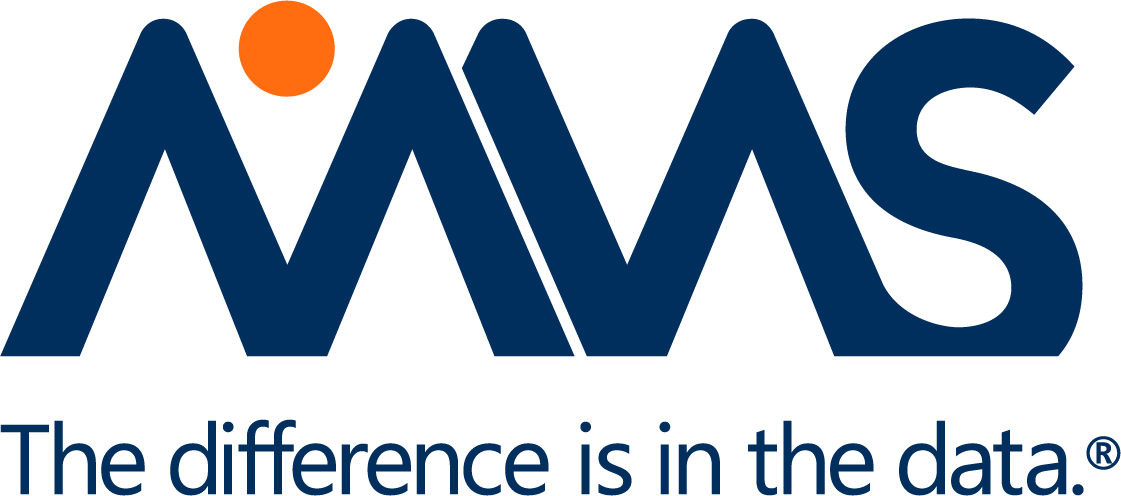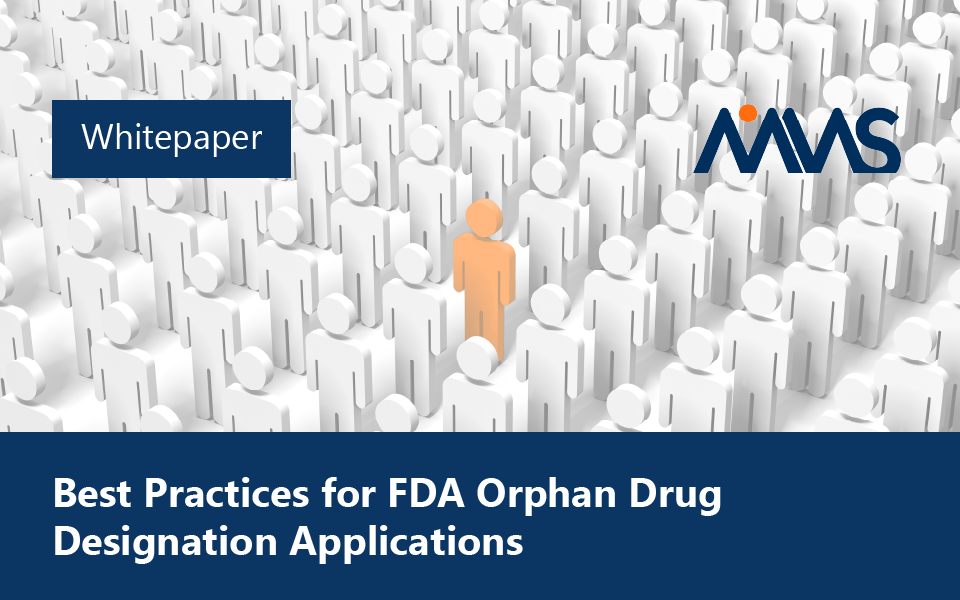[Fill out the form below to access the whitepaper]
The Orphan Drug Act, established in 1983, provides incentives to sponsors for promoting the development of drugs for the prevention, diagnoses, and treatment of rare diseases or conditions that affect fewer than 200,000 individuals in the United States. These incentives also extend to drugs intended to treat diseases or conditions affecting 200,000 or more individuals in the United States, but for which the sponsor is not expected to recover the cost of developing the drug within 7-years post-FDA approval.
Incentives for orphan-drug-designation-holders include 25% tax credits for qualified clinical trial expenditures; waiver of the Prescription Drug User application fee (over $2 million dollars); eligibility for 7-year market exclusivity for the first orphan drug approved for a given indication; and Pediatric Research Equity Act exemption. The FDA’s Office of Orphan Products Development (OOPD) also provides grants to off-set costs associated with the clinical development of designated orphan drugs.
Unlike previous years, more detailed and comprehensive information regarding the preparation of FDA orphan drug designation applications/requests is now publicly available. Questions remain, however, regarding the critical areas of the designation request that are particularly important for assessing an orphan indication. Given that the OOPD designates orphan drug status to a drug for a rare disease or condition, it is imperative that sponsors understand the OOPD’s thinking when assessing orphan drug status eligibility for designation requests.
This paper provides a consolidated overview of general information on FDA orphan drug designation requests, and provides sponsors with recommendations and tips for authoring requests, assessing indications, and navigating nuanced areas of designation requests. Specifically, this overview will expound the following areas: the proposed orphan indication, scientific rationale, clinical superiority, subset, prevalence, sponsors’ ideal time for submitting designation requests, and post designation activities. Several example cases are provided to aid understanding.
Download the whitepaper





